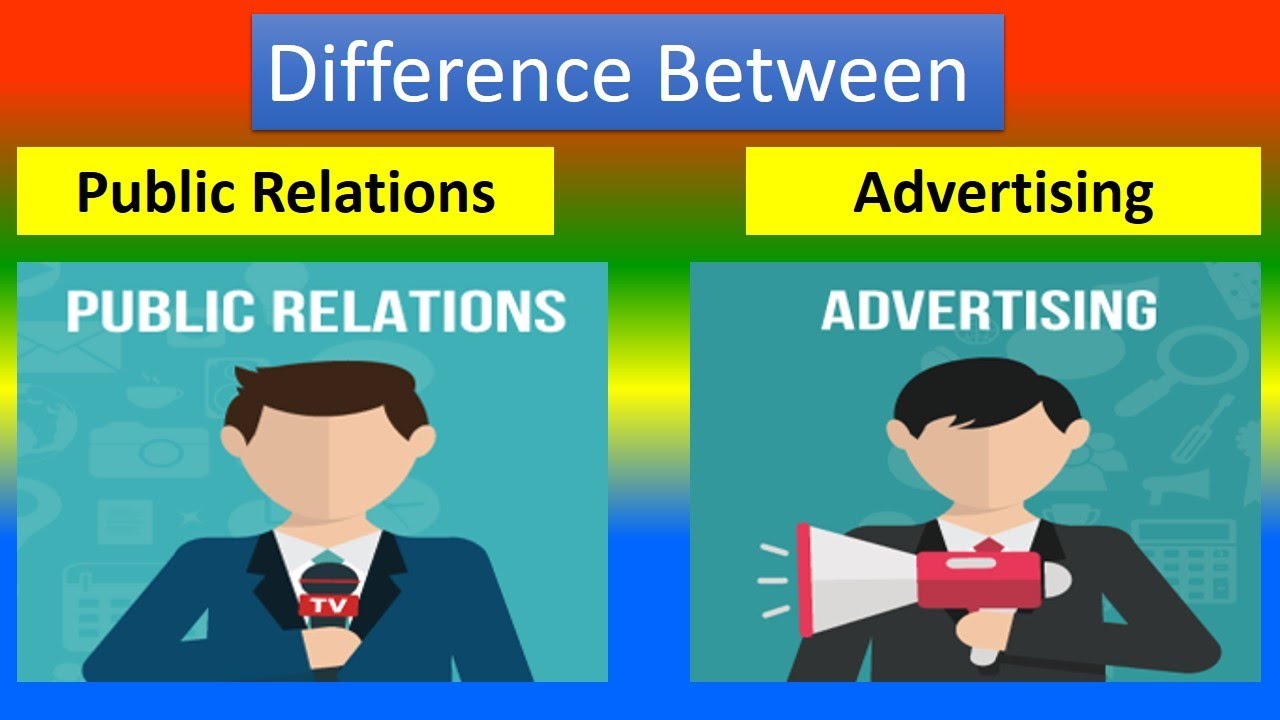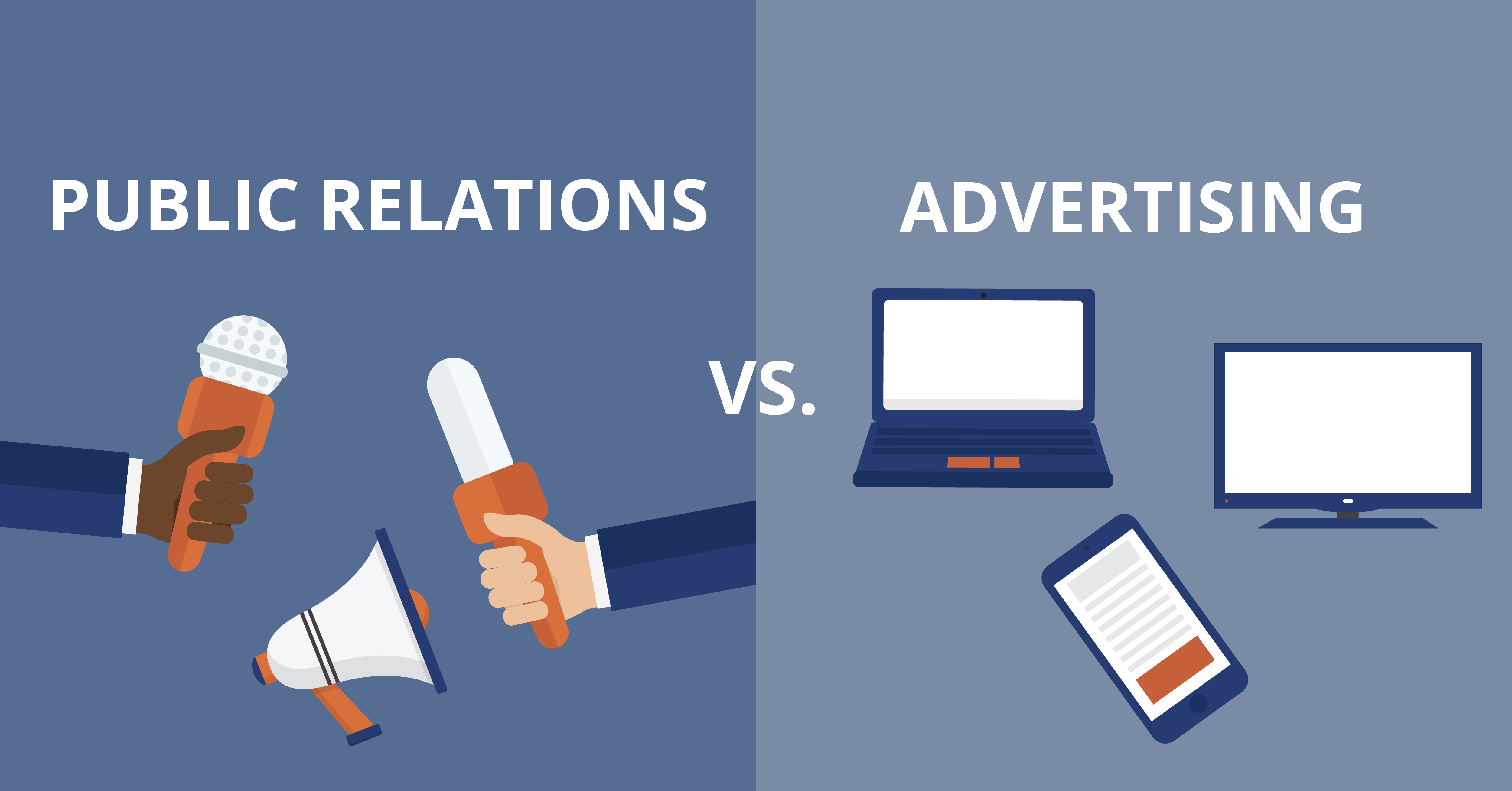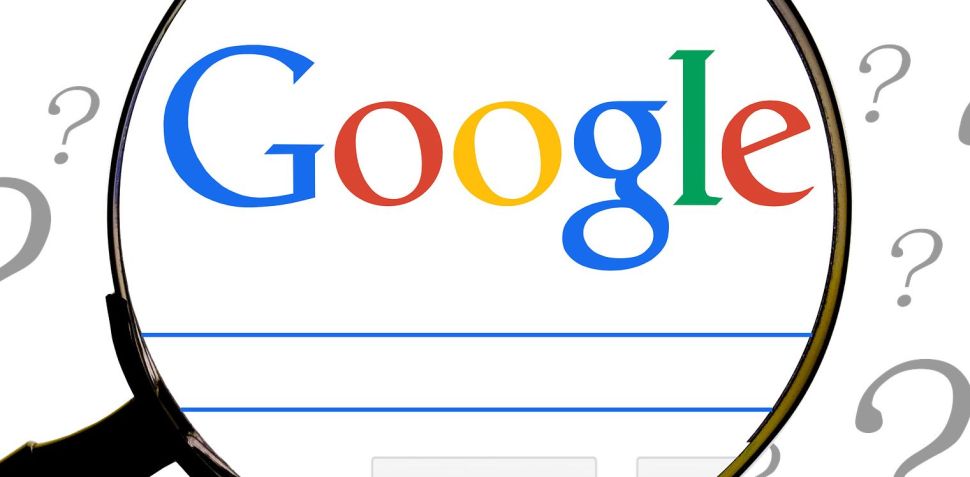When most people hear the terms public relations and advertising, they believe they are referring to the same thing. In actuality, there is a significant difference between them.
The erroneous assumption may stem from the fact that both have to do with the information found about a person or businessin the media, therefore making both of their marketing. However, that is where the resemblance ends.
The most obvious distinction is that advertising is a regulated medium. Before paying the media to share the campaign, the firm prepares a campaign and the materials for it. PR is considerably less regulated since it builds a campaign and distributes material to media outlets.
Journalists, bloggers, and influencersin the same sector are frequently included. The receiver determines what to do with the material provided by the public relations agency.

Difference Between Public Relations and Advertising
What Is Public Relations?
Public relations is a strategic communication strategy that cultivates favorable relationships for the firm through various channels.
It is the technique of promoting a company's good image or reputation in the eyes of the general public by telling or exhibiting the company's products or services in the form of featured stories or articles in print or broadcast media.
It seeks to establish a trusting connection between the brand and its customers, mostly through media exposure and publicity.
Non-paid publicity acquired by the firm via goodwill, word of mouth, and other means is referred to as public relations. Public relations methods include publicity, social media, press releases, press conferences, interviews, crisis management, featured articles, speeches, and news releases.
What Is Advertising?
Advertising is defined as a paid, non-personal, one-way public communication that directs public attention to a product, service, company, or other entity via various communication channels in order to inform, influence, and instigate the target audience to respond in the manner desired by the advertiser.
Print ads, radio or television ads, billboards, flyers, commercials, online banner ads, direct mail, and more methods of advertising are available.
The advertiser has complete control over what, how, and when the advertisement is broadcast or published. Furthermore, the advertisement will run for as long as the advertiser's budget permits.
Because advertising is such an important marketing technique, it is always there, whether people are aware of it or not. Nowadays, advertising does not rely on a single media to reach its target demographic.
The Difference Between Public Relations And Advertising
Advertising and public relations have the potential to work in tandem when employed by businesses to achieve their commercial objectives.
They have many parallels in that they are frequently integrated into marketing campaigns with the ultimate objective of boosting a company's profile and generating sales, and typically PR experts and advertising specialists will work together to achieve these aims.
However, public relations and advertising are not the same things. Advertising is a form of paid media, whereas public relations is a form of earned media.
The two disciplines will be analyzed in this essay, with a look at their differences, benefits, and drawbacks, as well as when organizations could consider using them as part of their businessplan.
The Main Differences
Advertising, a more commonly recognized field than public relations, is defined as paid, one-way communication messages meant to publicly promote or sell a product, service, or concept.
Advertising covers a wide range of formats and channels, with the ultimate objective of persuading the target audience to buy a product or utilize a specific service.
Early types of advertisingwere popularized by hit TV series such as Mad Men, which featured advertising firms developing, planning, and managing to advertise as well as various forms of promotion and marketing for its customers.
While ad agencies are still in demand and serve a function, ad campaigns in the digital era may be found in the form of social media campaigns and display advertising, among other things.
The activity of controlling the transmission of information between a person or an organization and the broader public is known as public relations. It is a process of strategic communication with the objective of developing a mutually beneficial connection between the organization and the brand.
Often, a corporation will use public relations to make a major announcement or communicate significant news with its audience or stakeholders, or to maintain a reputable and favorable reputation in the eyes of the general public.
These organizations seek to improve their brand's exposure and presence through public relations, and there's an old adage that goes, “if advertising is what you pay for, then PR is what you pray for.”
Press releases are an essential component of public relations. Releases are comments in the form of a news release or a statement addressed to members of the news media. Promoting your contentthrough this channel may be quite successful since customers are more willing to listen to third-party endorsements than sponsored ads.
Content Control
Both advertising and public relations are concerned with conveying a message to their respective target audiences. However, the substance of the message, as well as the degree of control over the message, varies significantly.
When it comes to advertising, businesses have creative control over every part of the advertisement. This comprises the advertisement's message, creative elements, and the channels that will be utilized to promote the advertisement, essentially when and where the audience will be given the material.
Companies are essentially given full rein to display how amazing they are and engage in as much self-promotion as possible with little restriction, depending on the sector, as long as the content is not unpleasant or damaging.
In contrast, public relations (PR) is a discipline through which the firm seeking media coverage has control over the channels in which they seek coverage but not over the message itself.
When a story is assigned to a journalist, they draft, redraft, and have creative control over the content's linguistic and visual choices. Because journalists must follow standards and principles, it is their obligation to deliver material in a certain manner.
However, this gives the business receiving media coverage greater credibility because the coverage is generally delivered in an informed, neutral manner as compared to the more slanted content associated with advertising.
Credibility Of Advertising Vs PR
The legitimacy and believability of the two promotional routes are one of the most significant contrasts when comparing advertising and PR. For a variety of reasons, the credibility that a piece of media coverage provides far surpasses that of advertising.
Paid media is advertising, whereas earned media is public relations. In other words, an advertisement conveys that "we offer the greatest service in the market," whereas public relations is a third-party endorsement that informs the audience that "they offer the best services."
A journalistic piece is not just a third-party endorsement, but it is written in a positive, yet neutral, manner with no ulterior goal other than to shine a light on your business.
The absence of sales language or pitches in the material provides more trust to your brand among your target audience.
The idea here is that the opinions of industry experts, or journalists who cover topics in a specific sector, are viewed with great influence and confidence by readers, so a full-page advertisement from a regional handbag chain featuring their latest product releases may not carry the same weight as a fashion editor describing said products as "the must-have handbag of the season."
Price Differences
The cost gap between the two professions is determined by a variety of circumstances, but in general, advertising expenditures far outweigh those of public relations efforts.
Advertisements are essentially paid media that run for a set length of time in order to fulfill the business's pre-determined goals.
A Facebook Ad campaign with an assigned budget meant to bring visitors to a web page, for example, would stop after the budget was depleted, but purchasing a full-page spread in a magazine would be expensive, with the cost required to cover the space, period of coverage, and creative designs.
Most commercials must typically be displayed to their target audience numerous times before the customer notices and is impacted by the content.
In contrast, media coverage acquired by public relations efforts is generally published once and not re-used, as is the case with ads.
However, in this digital age and with the rise of social media, the positive effects of press coverage can be extended by strategically sharing and publishing on numerous social media platforms, in email campaigns, and when shared by your audience, whether on social platforms or through word of mouth.
Conclusion
Advertising and Public Relations are essential skills for anybody looking to boost their revenue. Both of these techniques must be used effectively in order to increase sales.
It is virtually pointless to argue that one is superior to the other.
Advertising entails marketing your goods and services to your consumers so that they are aware that your product is accessible in the market and offers a certain value. Public Relations, on the other hand, may assist you in gaining the trust of your customers.
Because you have no influence over public relations, the news media has complete power over how your services are presented to the public.
Receiving gratitude aids in the development of a reciprocal relationship with your consumers. Advertisements, on the other hand, are required in order to make people aware of your current items.
A consumer will only consider purchasing your goods if they are aware that it is accessible on the market. However, public relations is far more credible than advertising.
Which Is Better PR Or Advertising?
Many business choices, regardless of sector, are based on dollars and cents, and for the goal of promoting a brand or product, public relations is a much better investment than advertising. A print ad in a business publication, for example, might be extremely expensive.
Is Advertising And Public Relation Good Or Bad?
A recent Nielsen research that examined the importance of content in the customer decision-making process indicated that public relations are about three times as successful as advertising.
Is Advertising More Expensive Than PR?
The cost varies significantly depending on who you employ, but in general, public relations is far less expensive than advertising. However, it is also true that PR has much less influence over how their clients are portrayed by the media as compared to sponsored advertisements, which obligate the media to print them unmodified.
How Do PR And Advertising Work Together?
When advertising and public relations work together to promote both traditional and inbound approaches, they may not only contact clients in meaningful ways but also develop messages that connect with their target audience. We need to do more than simply design a fantastic advertisement or media campaign.
What Are The Advantages Of PR Over Advertising?
According to studies, public relations provides greater exposure and credibility to the consumer market than advertising, which is viewed as more promotional. PR makes it much easier to maintain and attract a target market.
Why Is Advertising And Public Relations Important In Society?
Public relations is the process of getting the appropriate information to the proper people and places in order to create a brand's reputation. Public relations firms work with businesses to assist them to establish their image in a certain sector. It supports its clients' agenda through efficient marketing tactics.
What Are The Similarities Between Advertising And Public Relations?
Public relations and advertising are conceptually similar in that both are intended to increase favorable awareness of a company or product. Another similarity is that in both situations, the firm would frequently tailor its message to a specific audience.
What Is The Biggest Disadvantage Of Public Relations?
These drawbacks are as follows: Lack of Influence Over Message Delivery — While public relations frequently employs the same print, digital, and broadcast media sources as advertising, it varies substantially in that marketers have no direct control over whether a message is conveyed.
What Is Advertising And Public Relations Major?
When you pursue a public relations and advertising degree, you may choose to take courses that concentrate on either public relations or advertising. Public relations focuses on maintaining and promoting the image of a company. Advertising focuses on persuading an audience to purchase a product.


